The episode of WTF Happened to This Horror Movie? covering The Texas Chainsaw Massacre (2003) was Written by Cody Hamman, Narrated by Adam Walton, Edited by Juan Jimenez, Produced by Andrew Hatfield and John Fallon, and Executive Produced by Berge Garabedian.
In 1974, director Tobe Hooper brought us The Texas Chainsaw Massacre. An independent production, shot in the heat of a Texas summer, that introduced us to a chainsaw-wielding cannibal called Leatherface. And his twisted family. It was a box office hit. And quickly became one of the most popular and respected horror films of all time. So, of course, there was eventually a remake. Produced by one of the biggest, flashiest filmmakers in the industry. Directed by a music video director in his feature debut. Starring an actress from a family friendly TV show. It sounds like a recipe for disaster. But when the remake was released in 2003, it was another success story. And we’re going to dig into the making of the Texas Chainsaw Massacre remake (watch it HERE) in this episode of What the F*ck Happened to This Horror Movie!
Between ‘74 and 2003, The Texas Chainsaw Massacre spawned three sequels. While all of them have their fans, none were able to come close to the popularity or financial success of the groundbreaking original. One fan was producer Mike Fleiss, the mastermind behind The Bachelor reality series. He started pursuing the Chainsaw rights in the mid-’90s and was finally able to secure them in 2001. But he didn’t want to just produce another sequel. He thought it was time for a remake. And his Chainsaw rights victory coincided with an announcement that a new production company was being launched by Michael Bay. The director behind big budget blockbusters like Bad Boys, The Rock, and Armageddon. Bay was teaming up with producers Brad Fuller and Andrew Form to run Platinum Dunes. The idea was they would make lower budgeted movies that had a lot of profit potential. Fleiss was friends with Fuller, so he brought The Texas Chainsaw Massacre to Platinum Dunes. It would be the perfect first project for the company. Because it had strong name recognition and a hook that could be exploited in marketing. The original had been presented as if it were a true story. A lot of people believed it was. They thought Leatherface really existed. So the remake would also be presented in the same way.
Chainsaw was inspired by the true crime case of murderer and graverobber Ed Gein. Whose story also inspired the likes of Psycho, Deranged, and The Silence of the Lambs. But there was never actually a person called Leatherface who turned people into barbecue with his messed-up family.
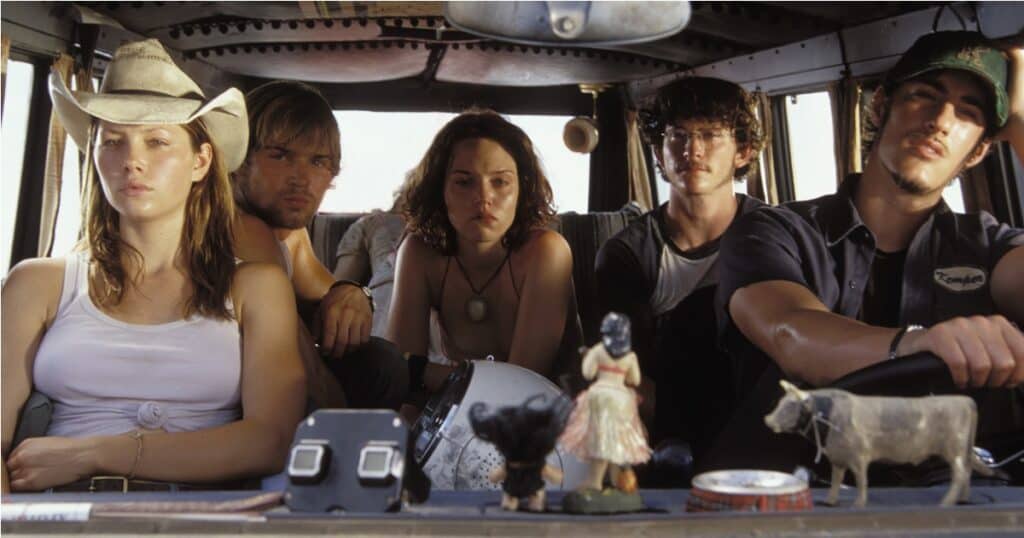
Bay didn’t intend to direct the remake himself. One of his goals with Platinum Dunes was to give young or first-time directors a chance to get their careers rolling. But he did direct a teaser trailer for the film that was shown at the American Film Market. It played out in complete darkness. You can only hear the sound of a female victim trying to escape from someone who’s chasing her. Then you hear the attacker rev up a chainsaw. This teaser was effective enough to land multiple distribution deals. Including one with a company that had Chainsaw experience: New Line Cinema. Which had been one of the original’s distributors, and had made Leatherface: Texas Chainsaw Massacre III in 1990. The project moved forward with a nine-point-five million dollar budget. A substantially higher budget than any previous film in the franchise. Especially the original, which cost less than one hundred and forty thousand.
Rumors circulated that Tobe Hooper and his Chainsaw co-writer Kim Henkel would be writing the new script. But that wasn’t accurate. Hooper told Cinescape he didn’t have much to do with the project. He said, “I didn’t have to sign off on it. I’m involved kind of peripherally. I don’t have the slightest idea of what I’m going to see. I hope it’s interesting. I think it’s a matter of digging up enough of the spirit of these crazy times we’re in. Because really, that’s what Chainsaw was and is. The original bubbled up out of its times and these times are far richer and deeper with horror than back then.”
The producers needed to find a good reason for the story to be re-told thirty years later. And it fell on first-time screenwriter Scott Kosar to come up with that reason. At first, he was wary of the idea of The Texas Chainsaw Massacre getting a remake. But Platinum Dunes assured him they wanted to go for the jugular. So he brought some good ideas to the table and won the producers over with his respect for the original film. In early drafts of the script, the story began with a grad student in 2003. Looking to tell the story of a town’s criminal history, the student buys a crime scene walkthrough video off eBay. This video reveals that the case known as “The Texas Chainsaw Massacre” was not solved, as the authorities had led the public to believe. There was a police cover-up. A burned corpse had been passed off as the killer called Leatherface. He hadn’t been stopped and might still be out there. Once this discovery goes public, the sole survivor comes forward to tell the true story of the massacre. And that’s when the film would jump back to the setting of the original: August 18, 1973. Keeping the setting in the ‘70s was always part of the plan, as the filmmakers didn’t want to deal with modern technology like cell phones.
Early in development, it was rumored that original Chainsaw star Marilyn Burns would be returning as the survivor who reveals what really happened in ‘73. But that didn’t pan out. The grad student and the survivor were removed from the story. The finished film begins with a narrator – John Larroquette, who also provided the opening narration for the first movie – talking about a newly unearthed crime scene video. The narration and a clip from the video quickly allows the film to jump back in time.
With the writer in place, Platinum Dunes offered the directing job to Marcus Nispel. Nispel hadn’t made a feature before, but he had directed two hundred and fifty music videos. And he had been turning down movie offers for the last fifteen years. Studios wanted him direct huge action movies. He had a near-miss with the 1999 Arnold Schwarzenegger movie End of Days. But he was cautious because he wanted to have creative control. He wanted to be able to experiment on his first film. He wanted to go dark. A remake of The Texas Chainsaw Massacre – a movie he hadn’t even seen, because he figured it was a splatter movie – didn’t appeal to him, either. The only reason he agreed to make the film is because one of his frequent collaborators was cinematographer Daniel Pearl. A prolific music video cinematographer… who had gotten his start by working on the original Chainsaw when he was in his early twenties.
Nispel told Starburst Magazine, “I actually got really mad at my agent because I didn’t want to make a remake. I wanted to do something authentic, something that comes out of me and tells people who I am. Then I bitched about it to Daniel Pearl. I said, ‘Daniel, this is blasphemy. They’re remaking your movie and they’ll screw it up!’ And he says, ‘Well, you’ve got to direct it. … If you’re going to direct it, you’re gonna hire me and I’m gonna make the same movie twice. Once at the beginning of my career and once at the end of my career.’ … So I was like, ‘Let’s just do it, let’s go for it.’” Nispel watched the original movie and saw that he had been wrong about it. Then headed to Texas with Pearl so his cinematographer would have the chance to make a more polished Texas Chainsaw Massacre.
Pearl wanted to make sure the remake would be as good and scary as the original. But he didn’t want it to be gritty and grainy in the same way. He didn’t want to copy himself. For this one, he shot on 35mm film instead of 16mm. And decided to go for the bleach bypass look. Skipping bleach while processing the film leaves silver in the print and increases contrast. It’s kind of like having a black and white image laid over the color image. Pearl wasn’t entirely happy with the result because it made the early scenes in the film murkier than he intended. He wanted the summer sky to be blue in the moments before the horror kicks in. He was hoping to be able to manipulate specific scenes digitally to get the look he wanted. But there wasn’t money for that in the budget. So the film was finished photo chemically and has the same look from beginning to end.
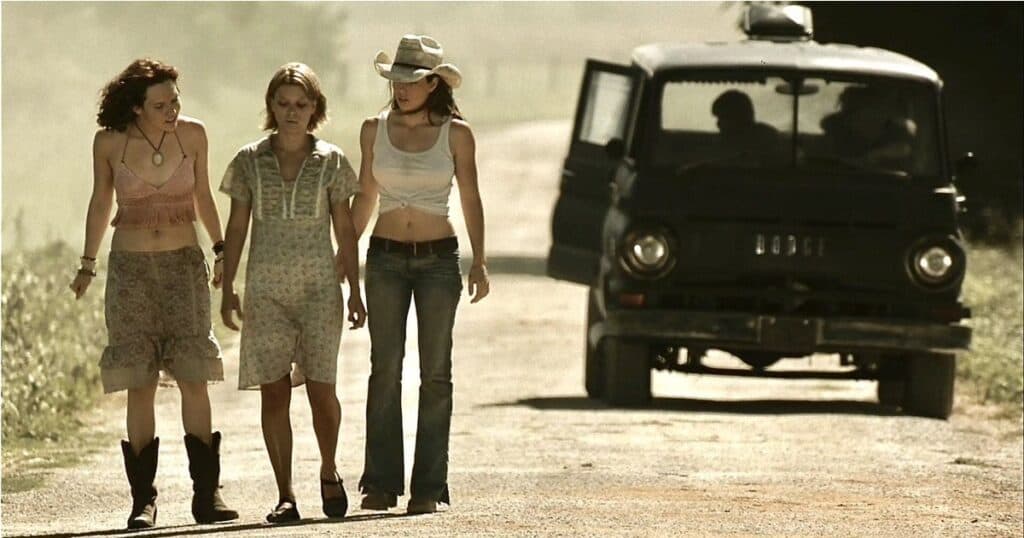
Kosar felt there was no way to replicate or improve on what had been done in Hooper’s movie. So, Leatherface aside, he created a new group of characters. And early on, it seems like this was a mistake. Because he leaned into some slasher movie stereotypes while creating these characters. Hooper’s characters had been a bunch of hippie kids – and an annoying brother – on an afternoon drive. Stopping by a cemetery to see if the resting place of a loved one had been disturbed in a graverobbing spree. Played by Eric Balfour, Jonathan Tucker, Mike Vogel, and Blair Witch 2’s Erica Leerhsen, Kosar’s characters are out to party. They’re returning from a trip to Mexico. Where they scored two pounds of marijuana, concealed in a piñata. Now they’re driving through Texas on the way to a Lynyrd Skynyrd concert. Listening to and talking about songs that weren’t released until 1974. Among this group of potheads is your usual excessively horny couple. Who can’t keep their hands off each other after just meeting the previous day. We can instantly tell who the final girl is going to be. And not just because she’s played by Jessica Biel, who rose to fame through her role on the TV series 7th Heaven. It’s also obvious because her character Erin is the good girl who abstains from drinking alcohol and smoking weed. Kosar intended for Erin to be skipping drugs and alcohol because she was nine months pregnant. The stress of the final chase sequence would then cause her to go into labor. And the crying of the baby would lead Leatherface to her hiding place. But the producers vetoed that idea.
Thankfully, the script soon gives the stereotypical characters some serious issues to deal with. Kosar’s first pitch for the remake was his version of the hitchhiker scene. It wouldn’t be a recreation of the scene from the original, because no one could play creepy and bizarre like Edwin Neal did. Instead of picking up a member of Leatherface’s family, these characters pick up a young girl who has just escaped from the family. And is extremely traumatized. So much that, when she realizes she’s been driven back in the direction of their home, she pulls out a gun. And commits suicide. So the pot smuggling and concert going has to be set aside. These kids need to figure out what to do now that they’ve got blood and brains all over their van. And a corpse in the back seat. Some of them want to just dump the body and move on with their lives. Others insist on doing the right thing and contacting the authorities. But trying to do the right thing leads them into the home of Leatherface and his demented family.
That family includes Marietta Marich as Luda Mae, who runs a gas station. David Dorfman as a little boy named Jedidiah. Who isn’t completely on board with what his family is up to. Heather Kafka and Kathy Lamkin play Henrietta and the Tea Lady, who mostly seem to keep to themselves in a nearby trailer. Terrence Evans is Old Monty, a creep without legs. These characters seem interesting enough, but they don’t make as much of an impact as the Hitchhiker and Jim Siedow’s Cook did in the original. Then there’s R. Lee Ermey, who largely ad-libbed his way through the role of Sheriff Hoyt. Making him such a strong and despicable villain character that he steals the movie right out from under Leatherface.
Actor and bodybuilder Andrew Bryniarski had worked with Bay on Pearl Harbor. When he heard Bay was producing a Chainsaw remake, he went to him and asked to play Leatherface. He said he was born to carry the saw. But he didn’t get the role. Instead, character actor and wrestler Brett Wagner was cast as Leatherface… And only got to work on the movie for a day and a half. While filming the scene where Leatherface kills Eric Balfour’s character and drags him across the floor, Wagner suffered heat stroke. Since, like the original, the remake was being filmed during a scorching hot Texas summer. Wagner’s muscles locked up and he had to go to the hospital. It took some time to recover, and after three days he was informed that the production would need to find a different Leatherface. That’s when Bryniarski got the role.
This Leatherface is a different character than we’ve seen before. He was given the full name Thomas Brown Hewitt and a tragic back story. He was afflicted with skin disease as a child, picked on in school, and had tumors on his face. His nose was eaten away by cancer. This is why he wears masks of human flesh. Which were provided by special effects artist Scott Stoddard. Nispel was so interested in humanizing the character, he even included a moment where we see him without a mask on. Something none of the previous movies had ever done. Bryniarski did a good job playing this version of Leatherface. But rubbed some fans the wrong way when he had negative things to say about original Leatherface, Gunnar Hansen.
Hansen was offered a cameo in the remake. He would have played the truck driver who gives Erin a ride toward the end. But the filmmakers weren’t willing to offer him any more than union minimum for one day of work. A six hundred and fifty-eight dollar payday. Hansen passed. Just as he had done when he had gotten low offers to play Leatherface again in the sequels.
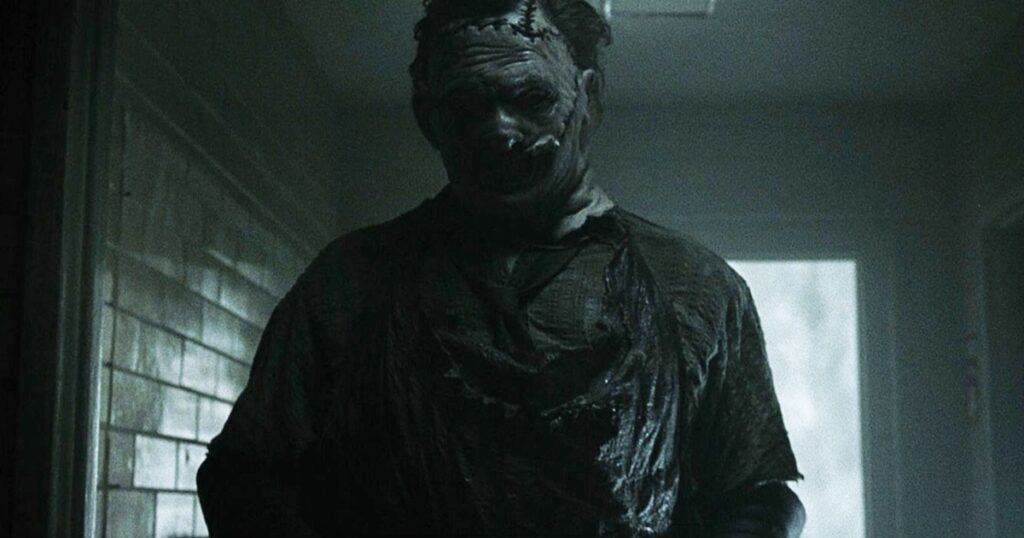
The Texas Chainsaw Massacre remake wrapped up after a thirty-eight day shoot in the summer of 2002. As it made its way through post-production, rocker Marilyn Manson was hired to compose the score. Something he had just done for Resident Evil. But there were scheduling issues, so Manson had to pass the job over to Steve Jablonsky. Whose approach was to compose a score that starts off as sound design and gets increasingly orchestral as the film goes on.
The announcement that this film was being made was met with a lot of doubt and negativity. But when it reached theatres in October of 2003, it won over a lot of Chainsaw fans. It got a more positive reception than many ever would have imagined. Marcus Nispel’s first feature turned out to be a solid horror film. And for the first time since the original, a Texas Chainsaw Massacre movie was a box office success. The remake pulled in a worldwide total of almost one hundred and eight million dollars. Making it the highest-grossing installment in the franchise. In the years since its release, it has often been referenced as one of the best films of the 2000s remake boom. It certainly paved the way for many more remakes. Several of which came from Platinum Dunes. The movie did so well, the producers even had to figure out how to make a follow-up. They had kind of painted themselves into a corner in the end. They clearly weren’t thinking of sequels when they killed Hoyt and chopped off one of Leatherface’s arms. That’s why, when the next Platinum Dunes Chainsaw movie was released three years later, it was a prequel.
The franchise continues on to this day. The remake, its prequel, and Thomas Brown Hewitt have been sealed off in their own two-film pocket of the multiversal timeline. And twenty years after its release, the Texas Chainsaw Massacre remake still holds up as a well-crafted slasher. A remake that respected the original while being different enough to stand on its own.
A couple of the previous episodes of WTF Happened to This Horror Movie? can be seen below. To see more, head over to our JoBlo Horror Originals YouTube channel – and subscribe while you’re there!










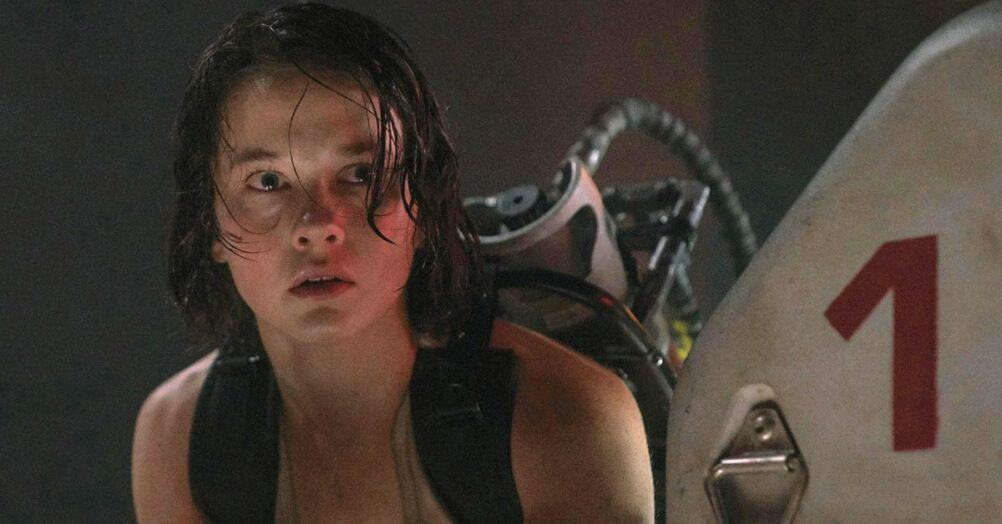


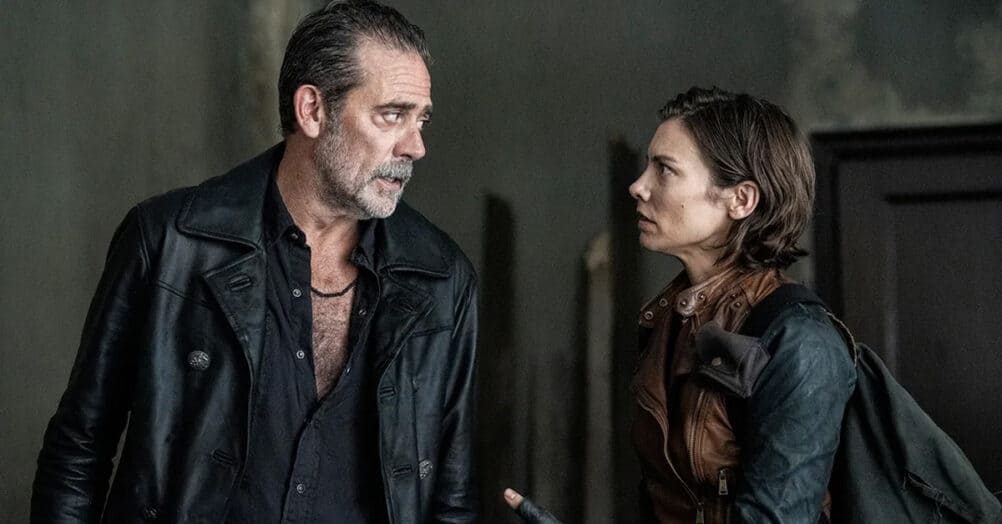
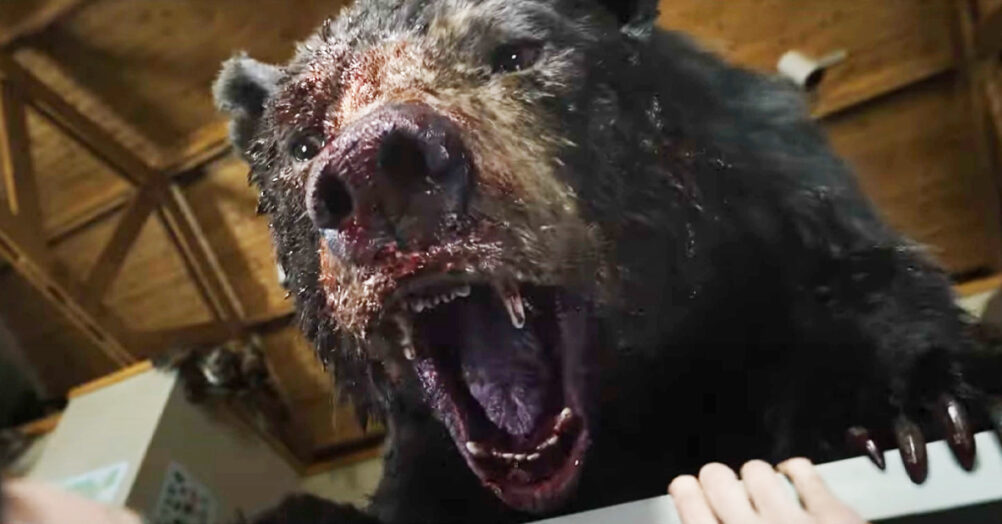

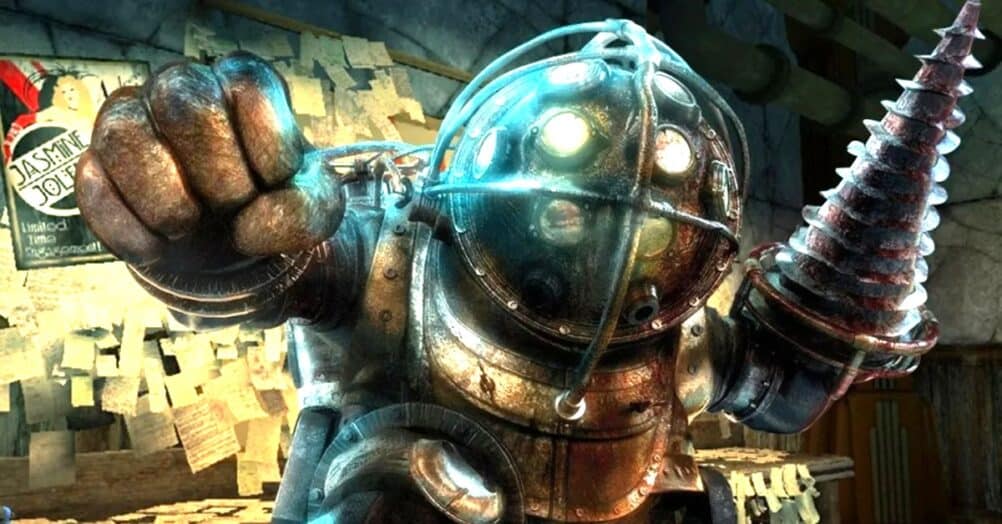
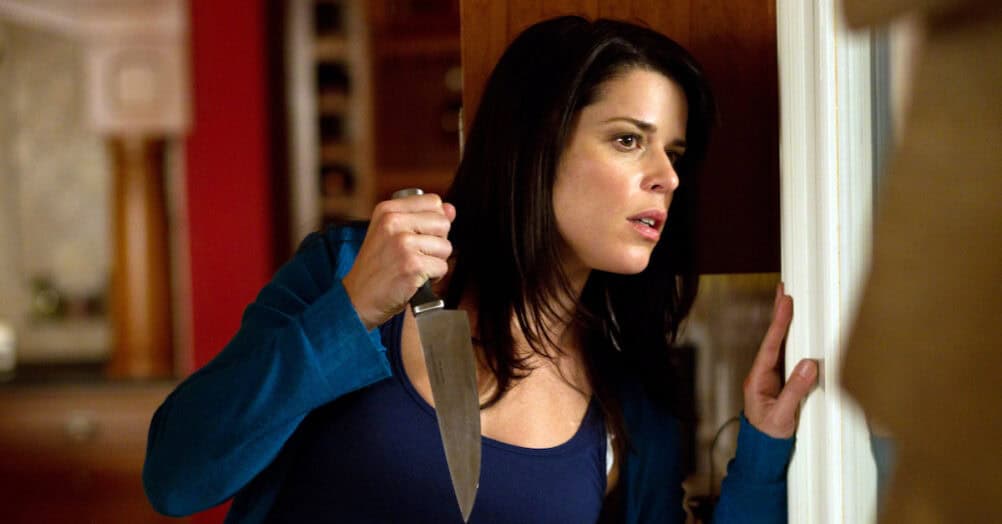


Follow the JOBLO MOVIE NETWORK
Follow us on YOUTUBE
Follow ARROW IN THE HEAD
Follow AITH on YOUTUBE